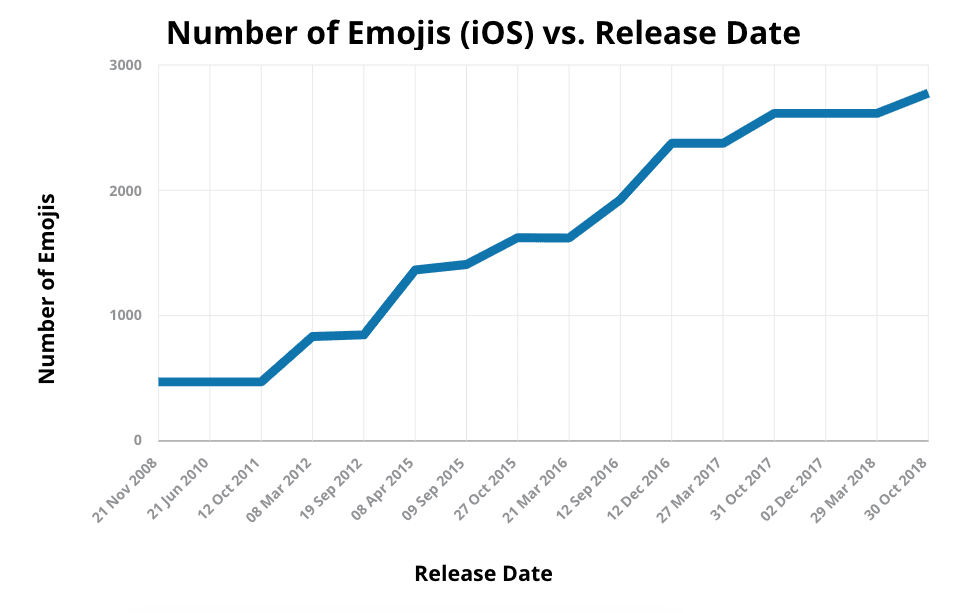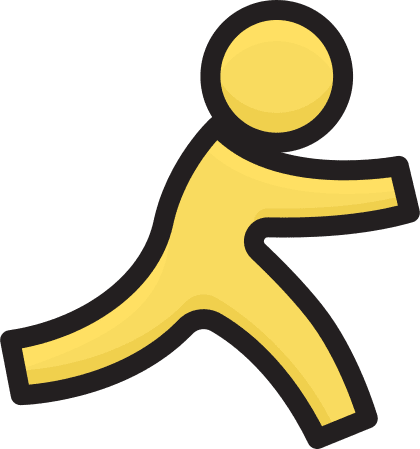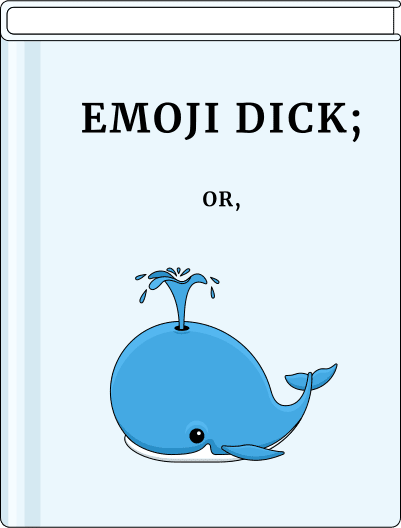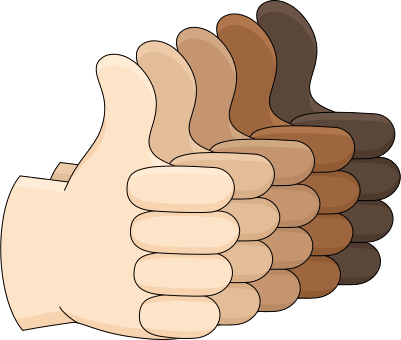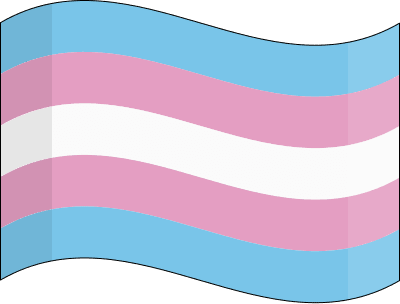This article was written by Izaak Crook, the Head of Marketing at AppInstitute, a SaaS App Builder platform that allows anyone to create their own iOS and Android app without writing a single line of code. You can read the original piece here.
September 19th, 1982
February 22nd, 1999
August 9th, 2007
October 23rd, 2008
November 21st, 2008
June 1st, 1993
Unicode 1.1.0, released June 1993, included characters reminiscent of emoji, but mainly sourced from the Zapf Dingbats font, and quite rudimentary by today’s standards.
May 1st, 1997
One digital application that had a hand in spreading emoticons further than internal boards was AOL’s Instant Messenger. First released in May 1997, AIM introduced Buddy Icons: simple icons or images that could convey a feeling, imply an action, or communicate a status.
June 1st, 2003
Microsoft, obviously quite familiar with the popularity of emoticons in other digital platforms, introduces 30 new emoticons to MSN Messenger 6 in 2003.
March 5th, 2009
October 12th, 2010
October 12th, 2011
February 19th, 2013
June 17th, 2015
November 17th, 2015
August 1st, 2016
November 1st, 2016
July 17th, 2017
July 23rd, 2017
November 3rd, 2017
March 6th, 2018
November 11th, 2018
February 5th, 2019
July 16th, 2019
October 31st, 2019
May 11th, 2020
January 29th, 2020
The transgender pride flag emoji is finally released after years of rejected proposals. Trans people had previously made use of the lobster emoji to represent themselves. Emoji’s are now an essential way for diverse communities to have visibility online.
February 8th, 2020
Emoji make their debut in the prestigious New York Times crossword puzzle. Alongside standard word-based clues run purely emoji-based hints, paving the way for future crosswords made entirely out of these increasingly commonplace modern hieroglyphics.
Emoji are being used to help transcend language barriers, make machines, home, and industrial robots seem more personable. Emoji encourage communication in an era when some people wrongly say messaging is killing the art of conversation, ignoring the fact that conversation has been evolving for over 40,000 years from simple pictures on cave walls to simple pictures on HD screens.


